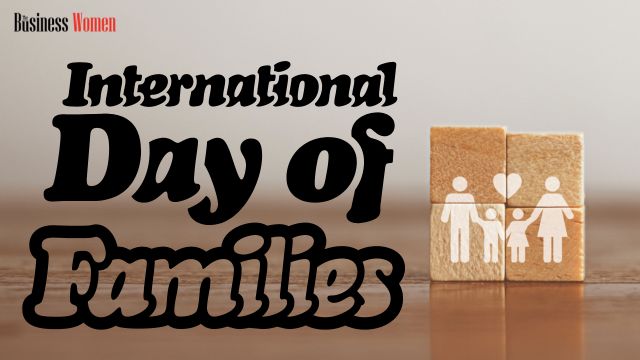It is no secret that women have been fighting for their place in the workforce for many years. While the battle is not yet won, many strides have been made in recent years. More and more women are entering the workforce and making their mark in various industries.
There are several advantages to having women in the workforce. For one, women are often more detail-oriented and better at multitasking than their male counterparts. They are also more likely to take on roles that are typically seen as “female” roles, such as caring for children or the elderly.
In addition, studies have shown that companies with more female employees tend to be more profitable than those with fewer women. So, it is clear that there are many advantages to having women in the workforce.
The Advantage Of Working Women: They’re Good For The Economy
A recent study by the International Monetary Fund (IMF) shows that countries with a higher percentage of women in the workforce tend to have stronger economic growth. The study, which looked at data from 170 countries over 25 years, found that a 1% increase in the share of women in the workforce leads to a 0.25% increase in GDP per capita.
So what explains this strong correlation? The IMF says it’s likely because women are more likely to invest their earnings back into their families and communities. When women are given the opportunity to work, they not only improve their own lives but also help to boost the economy as a whole.
This is just one more reason why it’s so important to promote gender equality in the workplace. Not only is it the right thing to do,
The Advantage Of Working Women: They’re More Likely To Have A Voice In The Workplace
A growing body of evidence shows that working women are more likely to have a voice in the workplace. This is due to several factors, including the growing number of women in the workforce and the changing workplace dynamics.
The advantage of working women is that they are more likely to be heard and respected in the workplace. This is because they are often more assertive and confident in their abilities. They are also more likely to be able to negotiate for better working conditions and pay.
The disadvantage of working women is that they may face more discrimination and harassment in the workplace. This is because they are often seen as threatening the status quo. They may also have to deal with the double bind of being both competent and likeable.
Overall, the advantages of working women outweigh the disadvantages. This is because they are more likely to have a voice in the workplace. This is a positive development for both women and the workplace.
The Advantage Of Working Women: They’re More Likely To Be Educated
In recent years, there has been an increase in the number of women joining the workforce. And while this is often celebrated as a victory for gender equality, there is another benefit to having more women in the workforce: they are more likely to be educated.
According to a recent study, women are more likely than men to have a college degree. This is significant because education is often linked to higher earnings and more job opportunities. Therefore, as more women enter the workforce, we can expect to see a boost in the economy.
So why is it that women are more likely to be educated than men? There are several possible explanations. It could be that women are simply more diligent students than men or that they are more likely to pursue higher education because they face fewer obstacles than men. Whatever the reason, the fact remains that educated women are a valuable asset to the workforce.
The Advantage Of Working Women: They’re More Likely To Be In A Position Of Power
There is a growing body of evidence that suggests that working women are more likely to be in a position of power than their male counterparts. This is due to several factors, including the growing number of women in the workforce, the rise of female-owned businesses, and the growing number of women in leadership positions.
Working women are more likely to be in a position of power because they are more likely to be in the workforce. In the United States, women make up nearly half of the workforce, and this number is only expected to grow in the coming years. As more women enter the workforce, they are more likely to occupy leadership positions.
Additionally, the number of female-owned businesses is on the rise. According to the Small Business Administration, women-owned businesses have grown by 58% since 2007. This growth is attributable to several factors, including the increasing number of women in the workforce, the popularity of entrepreneurship among women, and the growing number of women-owned businesses.
Finally, the number of women in leadership positions is also rising. In 2015, women held 19.4% of Fortune 500 board seats, up from 16.9% in 2010. Additionally, women held 21% of executive officer positions at Fortune 500 companies in 2015, up from 18.6% in 2010. As more women occupy leadership positions, they are more likely to be in a position of power.
To Wrap Things Up
In conclusion, working women have several advantages over their non-working counterparts. They are more likely to be financially independent, have better social skills, and are more likely to have a higher level of education. Additionally, working women are more likely to be employed in desirable jobs and have greater satisfaction with their work. To learn more about the benefits of working women, subscribe to our newsletter.








